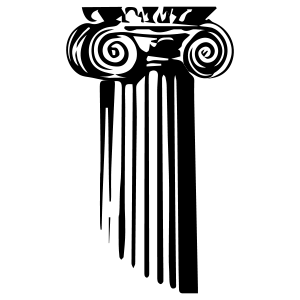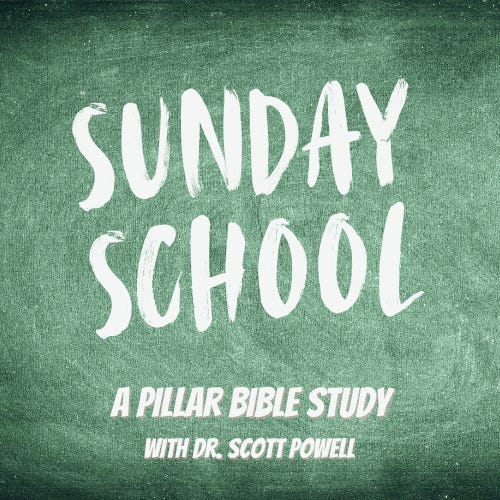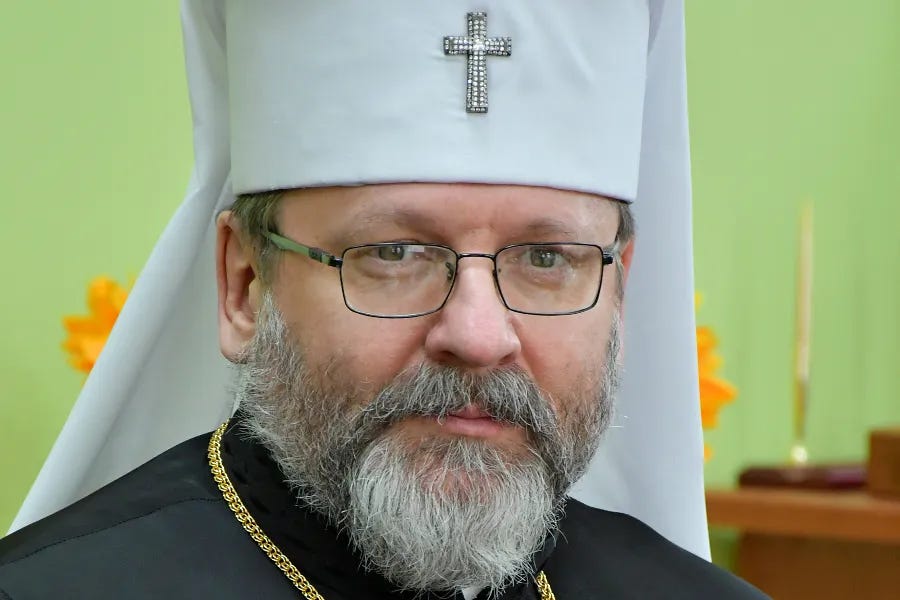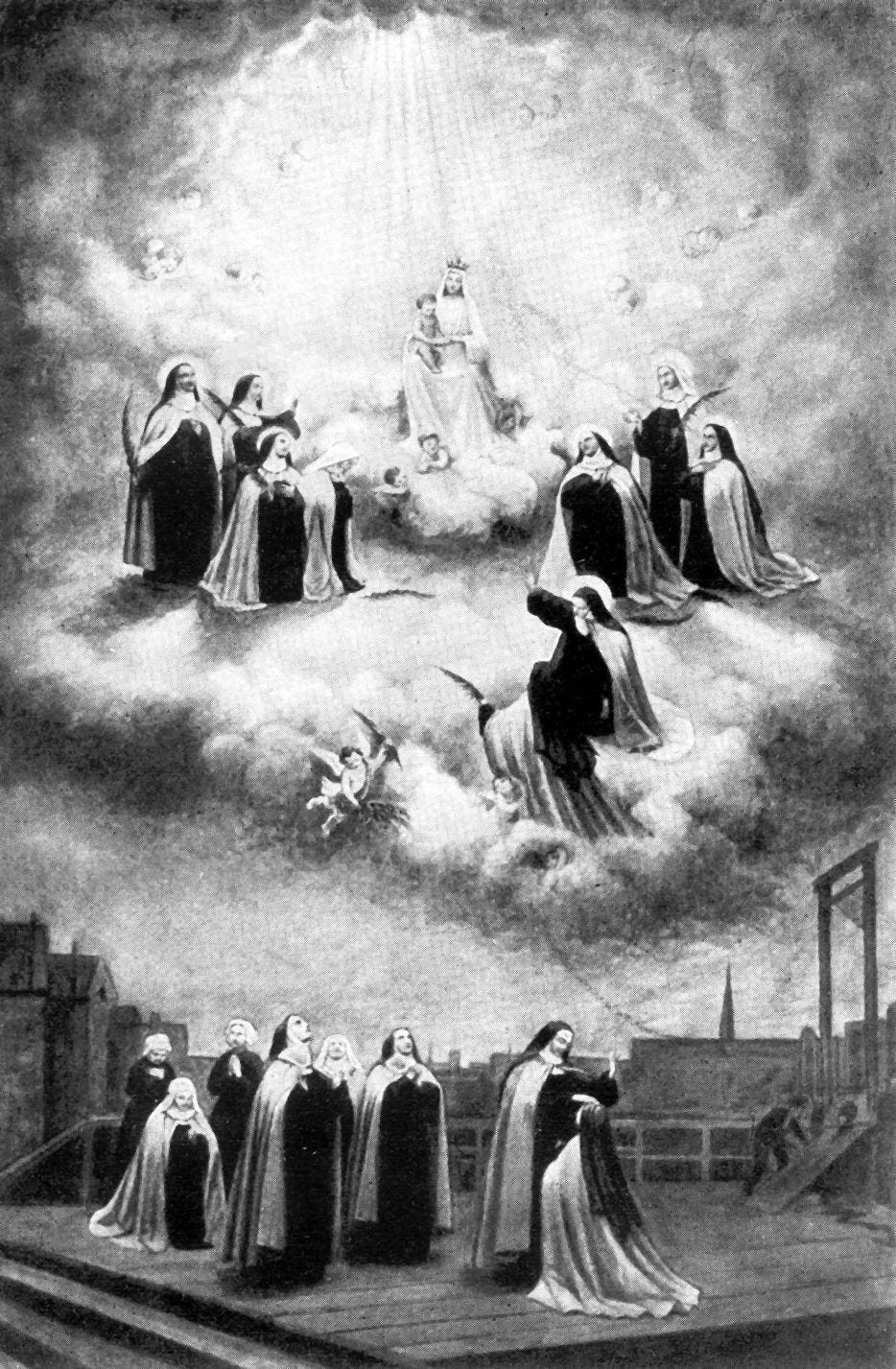Happy Friday friends,
Today is the opening ceremony of the Winter Olympic Games, an event which, as I mentioned last week, normally commands my enthusiasm.
Of course, this year the games are being held in Beijing, capital city of the exemplar of international cooperation and domestic felicity that is the People’s Republic of China, which is putting quite the chill on things.
An unspecified number of athletes from an unknown number of countries are expected to sit out the opening ceremony in a silent demonstration against the Communist Party’s ongoing brutality being visited on the Uyghur people, the trampling of civil liberties in Hong Kong, and the jailing of journalists who make too free a mention of things like these.
Yesterday, House Speaker Nancy Pelosi told American athletes to, in effect, play hard and keep their mouths shut, because if they decide to do anything controversial — like, say, condemn genocide — there are basically no promises that they will get safely back out of the country.
You might wonder, under these circumstances, why we are participating at all in propping up this Potemkin pretense of human sporting concord. But companies have paid good money for their sponsorship deals and the show must go on. That’s the Olympic spirit, I guess.
Anyway, on to the news.
Quick Links
Something else happened in relation to China this week. The Vatican announced that its chargé d’affaires at their embassy in Taiwan was being promoted to become the new apostolic nuncio to Rwanda.
You might not immediately think that this is a significant move. But, despite maintaining full diplomatic relations with Taiwan, the Holy See hasn’t had a full ambassador in residence in decades - the chargé d’affaires is the ranking diplomat in the country. There has been no announcement about a replacement for the role, meaning the Vatican’s embassy is now basically empty.
There are a lot of pieces moving right now, and we will have to wait and see how things shake out. But all the signs point to an approaching diplomatic boiling point, and that’s not great.
You can get my view of the whole board here.
—
You may remember that, more than a year ago, a class action lawsuit was brought against the USCCB, alleging that the conference fraudulently promoted the annual Peter’s Pence collection.
The case has been stalled for more than a year now, waiting for a decision on a petition from the U.S. bishops’ conference to have the whole thing thrown out, as they point out, perhaps reasonably, that they don’t collect, administer, or oversee the spending of the money.
The delay has been caused, in large part, by the propensity of the people involved to get promoted out of the case: the judge was elevated to a new bench, and the lead lawyer for the claimants was recently made U.S. ambassador to Argentina. But there are still plenty of lawyers to go around, and one told us they are expecting movement soon.
You can catch up on the case, and the background, here.
—
We got some new news on the Vatican financial scandal this week; don’t we always?
On Monday, an Italian appeals court revoked an arrest warrant for Gianluigi Torzi, who is effectively “suspect zero” in the London property fiasco and ensuing Vatican investigation and trial.
Torzi has been charged by Italian prosecutors with a host of financial naughtinesses in relation to what he is alleged to have done with the millions of euros he is alleged to have extorted from the Vatican in 2018.
He’ll also get back the 1.5 million pounds he posted in bond to the London court during his extradition process, which will come in handy if he ever decides to make good on the 3 million euro bond he failed to post on his release from Vatican jail in 2020, immediately prior to fleeing to the UK.
Torzi’s lawyers say he’s looking forward to proving his innocence in both trials in a new state of “serenity” following the decision. I’d put the chances of him showing up in either court as slim to none.
—
Speaking of circuses, this week JD sat down with a priest who has, probably, the most unique pastoral assignment in the Church in the U.S.
Canco describes his flock as “a pretty diverse crowd, to be honest,” possibly the pastoral understatement of the decade. And he has some interesting tales to tell about life and ministry on the road and under the big top.
—
Another conversation well worth your while is our own Charlie Camosy’s talk with Michael Baxter, the director of the Catholic studies program at Regis University, and a long-time veteran of the peace movement.
Baxter, and Wester, argue that we are actually heading into a new, perhaps more volatile period of nuclear tension, and the Church has a lot to talk about.
“The concern one hears from Catholics these days about ‘Eucharistic coherence’ applies to nuclear weapons as well as to abortion. If we follow through on the implications of our moral teaching, we would be setting out a difficult path, in pursuit of what Aquinas called ‘the arduous good,’ but we would walk that path enlivened by the fruits of the passion.”
—
And finally, in case you missed it, earlier this week, Pope Francis has decided to step into the middle of the standoff between Cardinal Silvano Tomasi and the Sovereign Military Order of Malta.
On the one hand, as pope, he has every right and prerogative to wade into what is, at its core, a debate about an order of professed Catholic religious. On the other, the reforms proposed by both sides seem to have a lot more to do with the internal governance of the order (which is supposed to be independent) than they do about the religious life of the professed knights.
We will see how it shakes out, but you can get up to speed here.
—
The needle and the damage done
It takes a lot for our “public discourse” to break through my online filter of white noise, but if I have heard about the ongoing contretemps between Neil Young, the streaming service Spotify, and the celebrity podcaster Joe Rogan, odds are you have, too.
Full disclosure: I haven’t followed the ins-and-outs especially closely, I do own two Neil Young albums (to whatever degree we still “own” albums in the streaming age), and I have seen one episode of Joe Rogan’s show (it was about watches).
Near as I can tell, Young has withdrawn his catalogue from Spotify because he refuses to share a platform with Rogan, whom he’s accused of giving a microphone to people spreading “disinformation” about coronavirus vaccines.
Rogan, whom I gather is something of a vaccine skeptic, has countered by pointing out that a fair bit of former “disinformation” about COVID related issues, like the relative effectiveness of some kinds of masks, is now widely accepted as accurate, and he just wants to hear different points of view.
I’m not sure who he had on, or what they said, and frankly, for my purposes it doesn’t really matter. I have no particular dog in this fight: I’ve made my own prudential choices regarding vaccines without leaning on any podcast to form my judgement, and the last interesting thing Neil Young did, as far as I’m concerned, was Harvest Moon.
But it does seem to me that even as other countries, like the UK, Ireland, Denmark, and others, are moving into a post-COVID way of life, we are descending further into pandemic rancor.
This week, my town delivered boxes of N95 masks to every house. This civic largesse, I can only assume, is a prelude to their becoming mandatory in public places. This is on top of county guidelines which differ widely from the next district over, and have absolutely nothing in common with other places in this country — a few of which are more restrictive, and many far less so.
It's my expectation that, in the not too distant future, people from one town over will find themselves unequipped to drop into my local dive bar, and it's reasonable to assume this sort of asymmetry will play out across the country.
If you need to show vaccine cards in one state, but not in others, have one kind of mask in this town and another five blocks over, it is going to take an heroic sense of civic cohesion and a titanic sense of good humor if we are going to preserve any kind of common society or social life.
Unfortunately, if the Young/Rogan spat is anything to go by, we aren’t actually willing to share even digital spaces with each other right now. What chance, then, that we’ll be able to share airplanes, restaurants, or church pews in the coming months and, let’s be honest, years?
Whatever viral variants we may face in the future, if we are this divided and this implacable towards each other, we are facing a grim prospect indeed.
As Neil put it once: no one wins, it’s a war of man.
Meanwhile, in New York
On Wednesday, the people of New York City awoke to find a new art installation at the heart of their city. Just the sort of spontaneous bit of culture which, we’re always told, is what makes that city so famous.
The new objet, which stayed only for a brief time in Central Park, will have emerged from the morning mist, winking at passing strollers from the nearby Naumberg bandstand, perhaps beckoning them to come closer. The sculpture is, its creator said, a piece meant to inspire, to present “something that is beyond our world—that is intangible.” It is a lofty, I’d argue counterintuitive, aspiration for this particular project.
The Castello Cube, named after the artist (of course), isn’t art, at least as most normal, sane people think of it: It is a 400lb square of 24-karat gold.

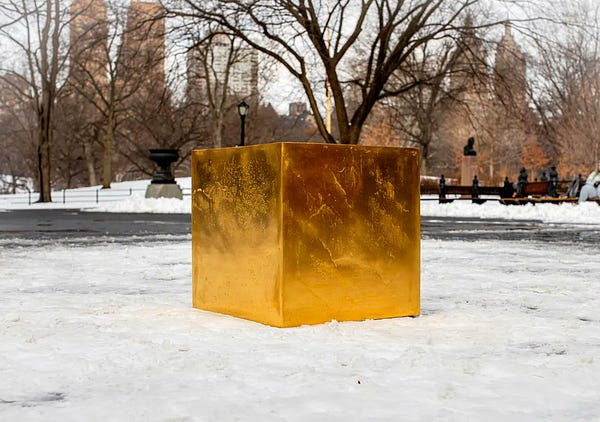
Now, perhaps I am just a Philistine, but reading about Niclas Castello’s project to drop an $11.7 million dollar brick of specie in the middle of a public park, in a city rather well known to be having a homelessness problem and where inflation is running at more than 7%, I did not immediately think “this man is a Da Vinici,” though it did begin with the letter D.
Any reasonable person, surely, would feel mocked by this display and its pretensions, and left feeling less “elevated” and more “murderous.” Honestly, my first reaction was that this was some kind of Kaufman-esque prank, intended to dupe social media into a froth of outrage. But no, Castello is a real, googleable, “conceptual artist.” More to the point, he is German, and had the thing made in Switzerland, and neither people are known for their expensive sense of whimsy.
Whether it was intended or not, I saw a lot of people fuming online about the cube, comparing it to a golden calf and decrying the sorry state of a culture where blocks of money are left mockingly in the open for a day, surrounded by guards, as “art.”
But for these people, I have good news: it turns out that Castello is actually just a good, old fashioned mountebank after all — after a day in the park, he and his cube moved to a “private dinner on Wall Street, where numerous celebrities are said to be attending,” there to talk more about the crypto currency launching to accompany his “art” and available now for the low, low, price of ¢44 a “coin.”
Castello also has plans in the works for an NFT in February. NFTs, if you don’t know, are pictures of cartoon monkeys for which famous people pay tens of thousands of dollars to post on Twitter to show you how rich they are.
It’s all too grasping and ridiculous for words and, even shorn of its high art pretensions, there is more than a whiff of dystopia about the whole thing: parties for fake money and gold statues amid an inflation crisis and an affordable housing shortage.
I wish Tom Wolfe were alive, at least then we’d get some actual art out of it all.
See you next week,
Ed. Condon
Editor
The Pillar


